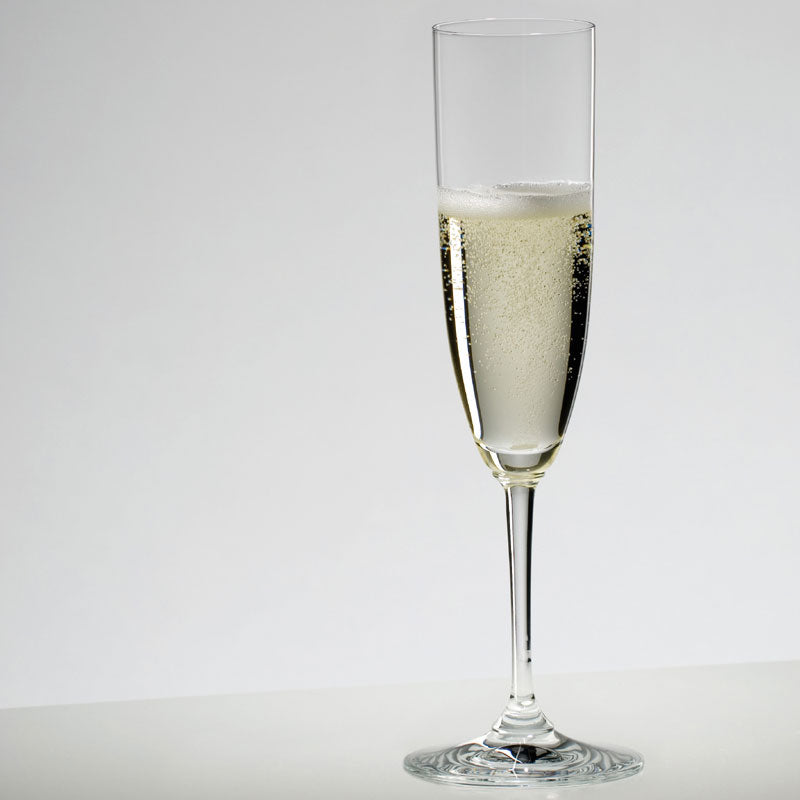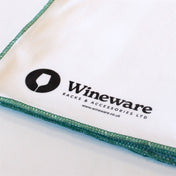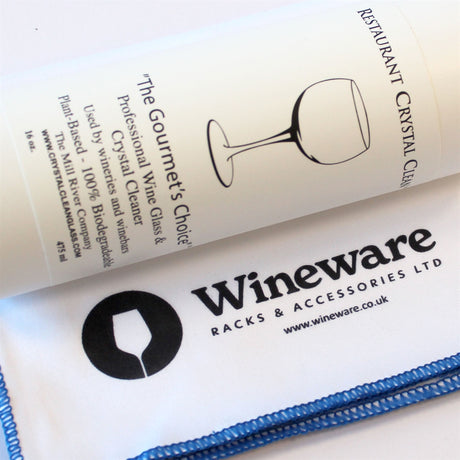Champagne Flutes
- Traditional looking
- Streamlined design
- Smaller/limited surface area

Champagne Tulips
- Modern looking
- Wider surface area

Champagne Aromas
Regarding the aroma, one thing that happens is that we tend to smell the Champagne the moment it's poured before it's had the time to settle. The mousse or bubbles are still sparkling, and we only smell carbon dioxide. It's best to let the Champagne settle for a little while and then 'nose' it. The aromas and complexities will be far more rewarding than the earlier nose, which would be full of gas. It would be best to fill the glass so it's half full, as you will appreciate this far better than a full glass.
I prefer the rounder Champagne Tulip as the aromas offer much more. Additionally, some experts in the Champagne world are beginning to work their way from these types of glasses to a more 'normal' wine glass. The bowls are much larger, and the aroma gets more complex and expresses much more. The adverse point is that an everyday wine glass will not have an effervescent point notched in the bottom of the bowl, as most champagne glasses do, to promote a seemingly never-ending flow of bubbles. The 'champagne show' won't happen, so it's a weigh-up of your preference. The easiest way to answer the question 'What's the difference between a Champagne Flute and a Champagne Tulip' is to try your Champagne in both and take your pick as it's all a matter of opinion. But remember, when you're next raising a glass to a celebratory moment, you can impress your friends with a piece of simple knowledge when you notice them nosing the Champagne as soon as it's poured!



